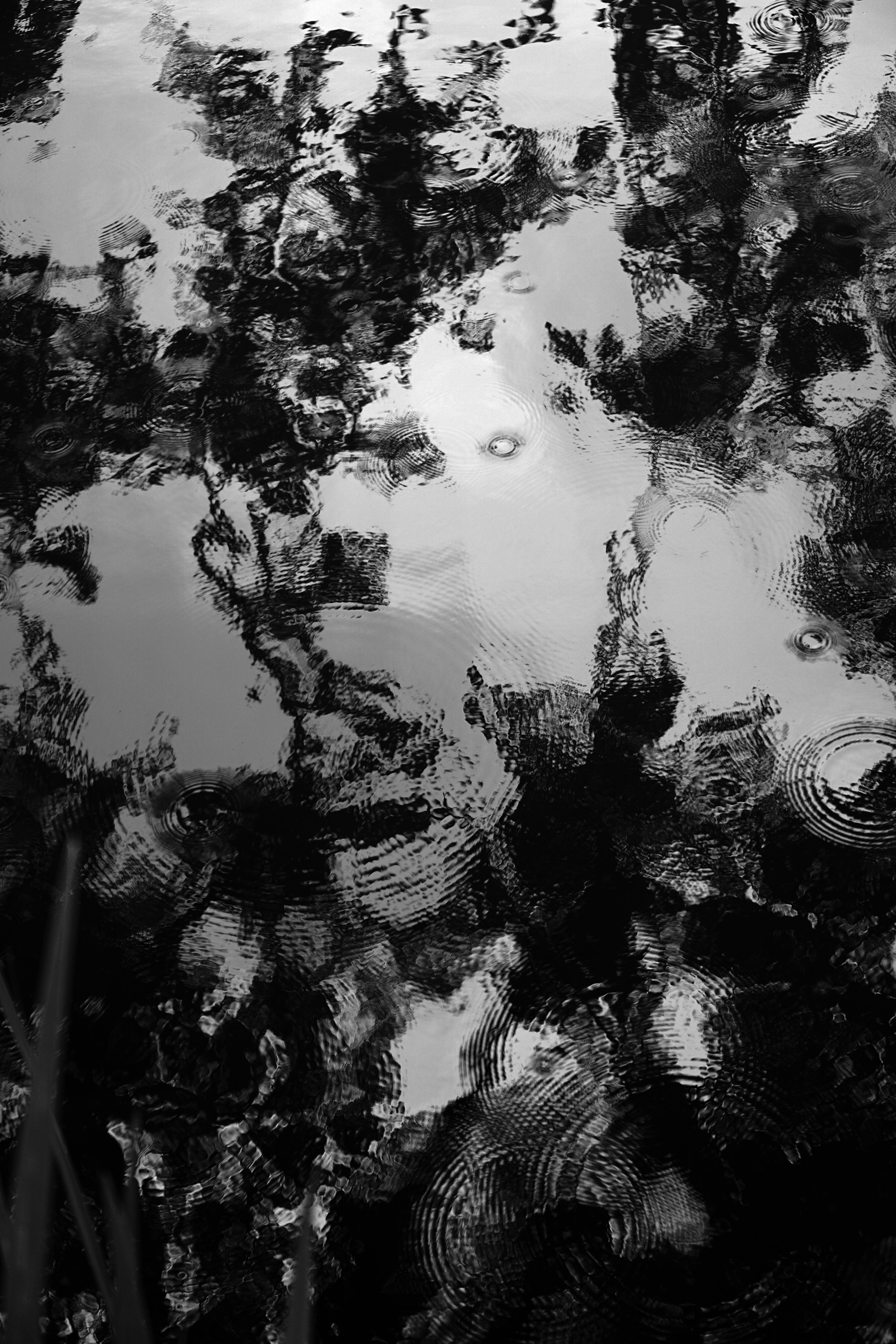Jackson Park and the south side

We shook up our Labor Day tradition, choosing not to travel out to the suburbs to browse the Botanic Garden, and opting instead for a walk in the woods, right in the middle of the city.
Jackson Park sparkles. It’s the kind of park that astounds you with its sheer size, its diversity of plant life, the variety and depth of its tints and shades. You can watch your reflection in the slow-moving lagoons, the green-gray water swirling below weeping willows and mature pin oaks. You can travel through multiple ecosystems in a matter of minutes — tallgrass prairie at Bobolink Meadow, dense forest on Wooded Island — and end your wander among the traditional Japanese plantings and meandering paths of the Garden of the Phoenix.
It’s an exquisite park. But Jackson Park is on the south side of Chicago, which means that if you don’t also live on the south side, you might not even know the place exists.



People like to talk about the south side, everyone has an opinion, even people who’ve never actually been there. So many of these conversations are haunted by the specter of crime and dark terror, the area’s violent reputation hovering on their tongues. Rarely, if ever, do they mention the beauty of the south side, the pervasive greenness, the regular people who live, work, learn, picnic, or walk garden paths there.
“But, isn’t it unsafe?” Unsafe — a blanket term deployed to describe any area inhabited largely by people of color. When I first moved to Chicago, I lived a fifteen minute walk from Jackson Park. I strolled through its large drifts of yellow coneflowers, wild onion blossoms catching my ankles as I crunched along on freshly mulched trails. I lingered below the giant gnarled tree limbs, heavy with thick-veined leaves and quaking cottonwood pods. I walked the streets alone, at night. I was fine. Still am. The south side isn’t perfect (which neighborhood is?), but it’s where I first began to fall in love with Chicago. It’s where I first began to actively learn about this new city where I’d chosen to set roots.



Maybe you know some of the history. Our textbooks show us the south side of centuries ago gleaming bright white, the perfect neoclassical buildings of the 1893 World’s Columbian Exposition beckoning curious visitors from near and far. Popular historical fiction introduces us to unimaginable devils carrying out unconscionable murders, the crisp pages memorializing both victims and perpetrator. But today’s killings we hold at arm’s length, the circumstances too real, too dark, too ugly. Yesterday’s south side stands still in romantic sepia tones, while today’s south side pulsates, fully saturated in blacks and browns, fiscally ignored and harshly patrolled, misunderstood and antagonized on the global stage.
It is possible to appreciate a space without knowing its history. In many instances, it’s easier that way, easier to enjoy the uncomplicated beauty of nature, blinders up to the violence and injustice. But to ignore the truth, to ignore the context of Jackson Park and the area it inhabits, is careless. So I choose to see it all, the artifacts and lessons of the past, the challenges and solutions of the present, as well as the physical charm and natural grace.


Near the end of our day in Jackson Park, the clouds gathered above and summer’s last raindrops began to fall. Inside the tangle of Wooded Island, late season blooms shuddered beneath the rhythmic shower, coaxing out the thick scent of fallen leaves, perfumed seed pods, and deep, dark loam. As we walked, the sounds of the south side found our ears – the slow roar of car engines on Cornell Drive, the airy hiss of the double-long #6 bus, laughter and 70s soul drifting from an unshakable family’s holiday cookout. We trudged through spongy grass to get a closer look at the huge gold figure beckoning from the median, a relic from when the White City hugged the southern end of the park. 24 feet of gilded bronze, dripping with rain, boldly wearing the wounds of a century of exposure to the harshest elements. She stood, drenched and weathered, but still mesmerizing and triumphant. A magnetic force, impossible to ignore, beautiful, strange, perfect. Just like the south side of Chicago.


